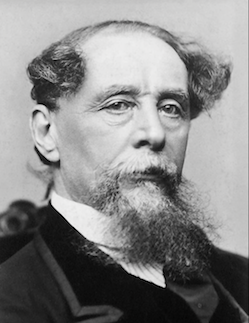by Thomas Sneddon
I first read Bánffy around Christmas 2010. I had moved to Budapest two months before, then come home to Ireland for the holidays. I was still years away from reading novels in Hungarian—even buying a train ticket was a challenge—but something about the country had got under my skin, and upon returning home I bought several histories of Hungary, as well as all the translated Hungarian literature I could lay my hands on. Sitting by the stove and watching the snow pile up outside, I read Embers by Sándor Márai, Antal Szerb’s Journey by Moonlight and Bánffy’s Transylvanian Trilogy. Both Szerb and Márai are wonderful writers and I have returned to them repeatedly over the years, but it was undoubtedly Bánffy who left the most lasting impression. Why? After all, though the three men were roughly contemporaries, Szerb and Márai both wrote modern, 20th-century literature, while Bánffy’s trilogy feels 19th-century in form, and perhaps also in sensibility. The story Bánffy tells is wonderful—Bálint and Adrienne’s love affair is, for me, one of the most moving and sensitively drawn in all Western literature—but there was something else that drew me to his writing, and has done so again and again over the years: the character of the author that shines through on the page. When reading Bánffy, I have often thought of that well-known passage from an essay of George Orwell’s, in which he describes reading Charles Dickens and clearly visualising a face behind the page:
Well, in the case of Dickens I see a face that is not quite the face of Dickens’s photographs, though it resembles it. It is the face of a man of about forty, with a small beard and a high colour. He is laughing, with a touch of anger in his laughter, but no triumph, no malignity. It is the face of a man who is always fighting against something, but who fights in the open and is not frightened, the face of a man who is generously angry—in other words, of a 19th-century liberal, a free intelligence, a type hated with equal hatred by all the smelly little orthodoxies which are now contending for our souls.
Strangely, though one could never confuse Bánffy and Dickens as writers, the passage above serves remarkably well as a description of Bánffy himself. I do not mean to imply any biographical similarity—though it is true that in outlook both were broadly liberal (in the 19th-century, Gladstonian sense) and had an instinctive, untaught loathing of all injustice and oppression—but rather something still more fundamental and harder to define. What I enjoy most when I read Bánffy, and what I think Orwell enjoyed in Dickens, is simply the feeling of being in the company of an altogether likeable, admirable human being. It is a quality I sensed vaguely in translation and much more strongly in the original Hungarian, and which, above all, I have tried to reproduce in English: warm, humane, humorous and with the wry, amused tolerance of human foibles and failings which comes of having made more than a few of them oneself. Bánffy is often compared to Tolstoy, and it is true that his fiction—particularly the Trilogy—is replete with the sort of balls, hunts, duels and love affairs that readers of War and Peace and Anna Karenina will already be familiar with. At the same time, when I read Bánffy, the face I picture ‘behind the page’ is altogether different from the one I sense when reading Tolstoy. Where Tolstoy seems to sit in stern, omniscient judgement over his vast creations, Bánffy always seems to have an ironical twinkle in his eye. What is more, while Tolstoy’s fiction became steadily more moralising and didactic as he grew older, Bánffy moved in the other direction: the bleakness which sometimes predominates in his more youthful writings is increasingly replaced by joyful, rollicking stories full of humour and life—culminating in his wonderful novella The Remarkable Mrs Anderson. When I read Bánffy, the face I see is also similar to photographs of the man (and, curiously enough, Charles Dickens—the two share a striking physical resemblance, as seen in the photographs below). It is an elderly face, and shows the lines of grief and sorrow, but the smile is almost boyish. It is the smile of a man still astonished by life, still charmed by its strangeness and variety, and still free of dogma and fixed ideas. It is the face of a raconteur, full of humour, romance, pathos and surprises, and it is what makes him such an endlessly engaging writer.


